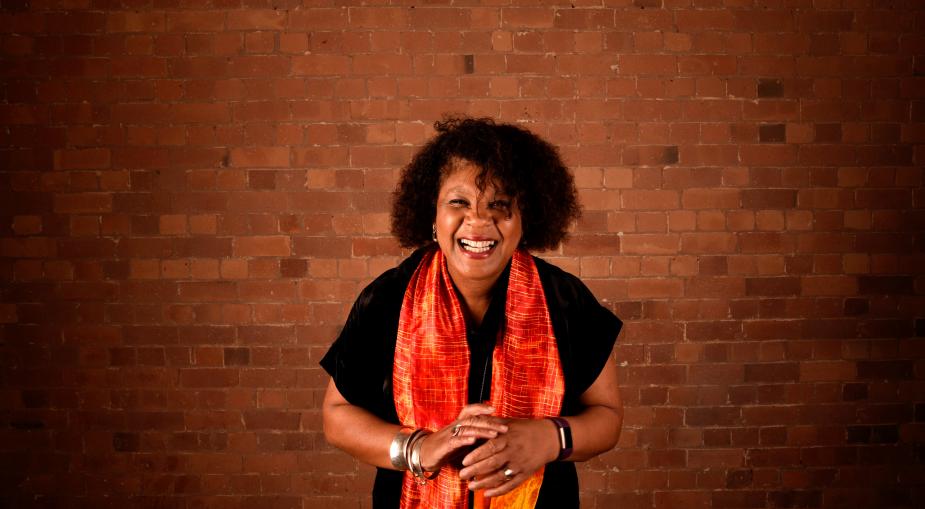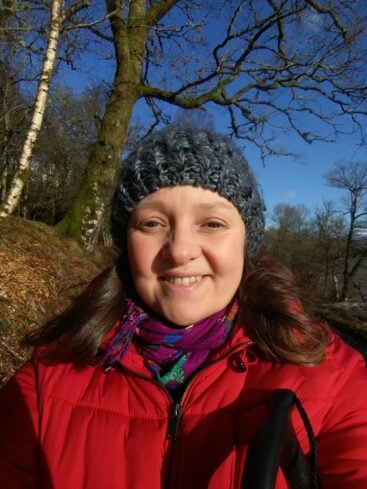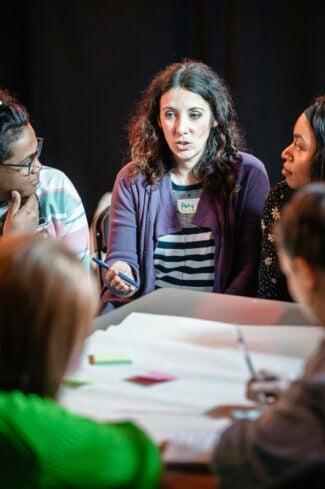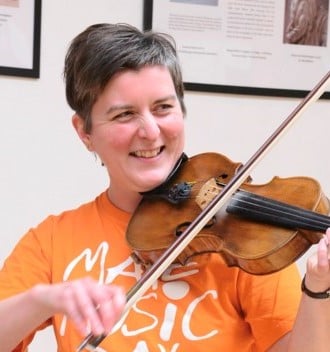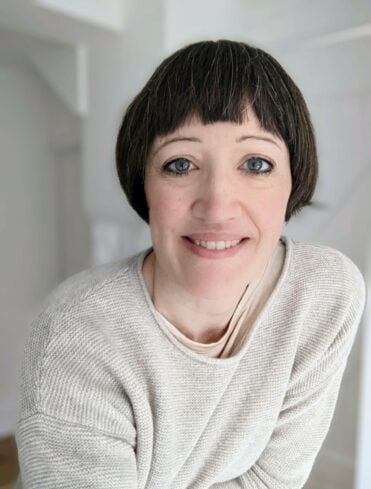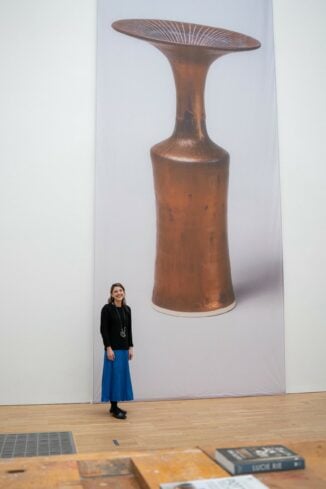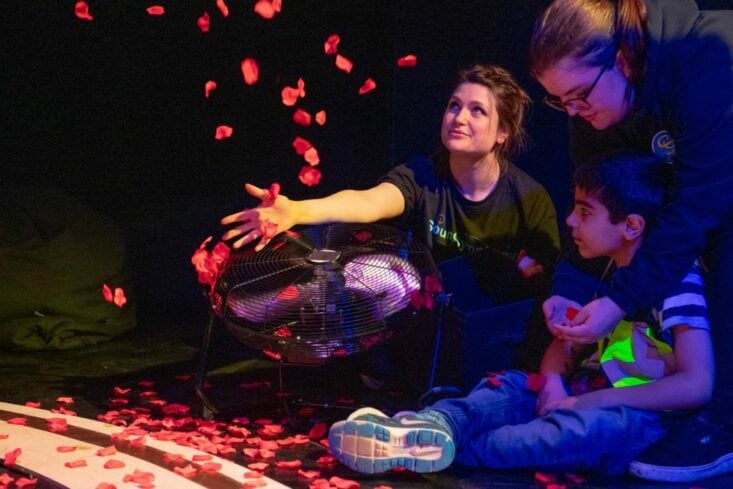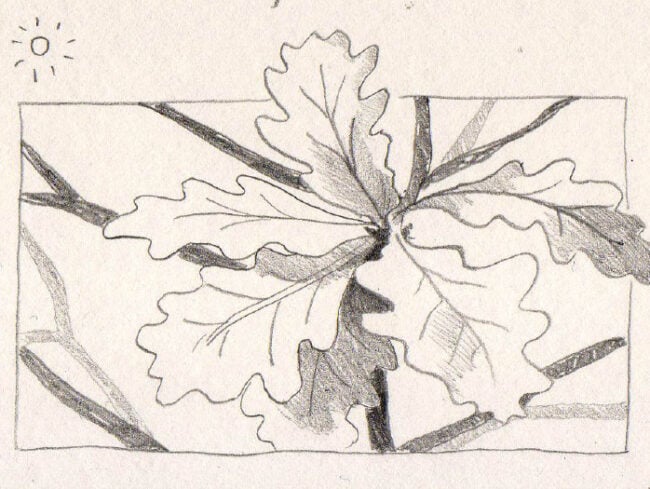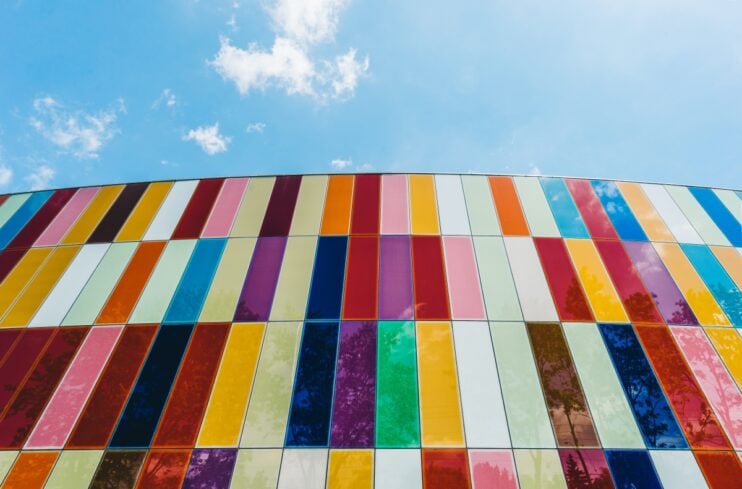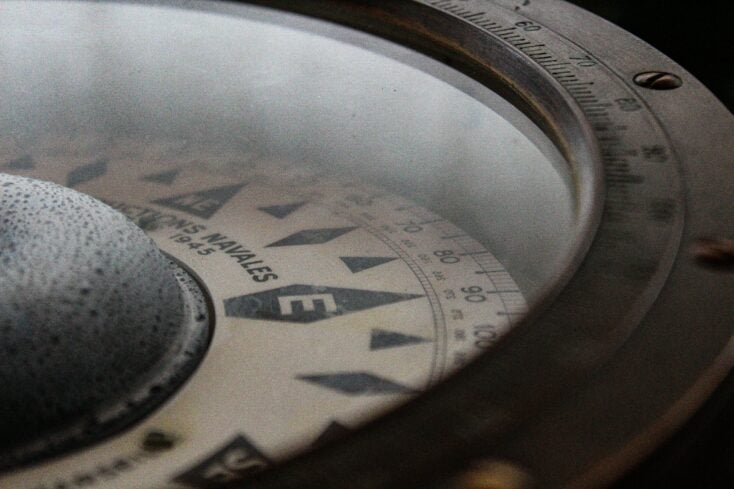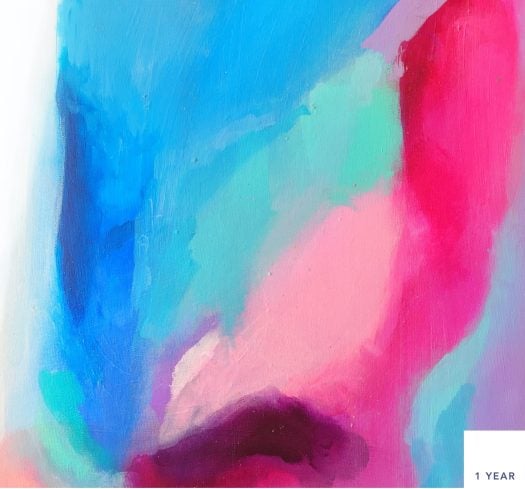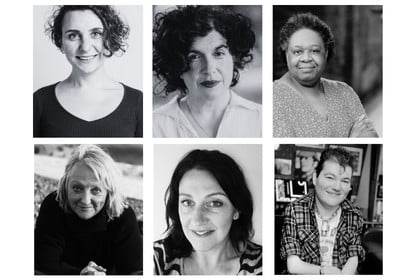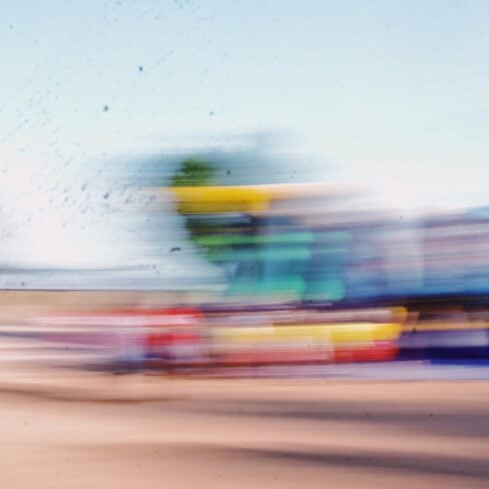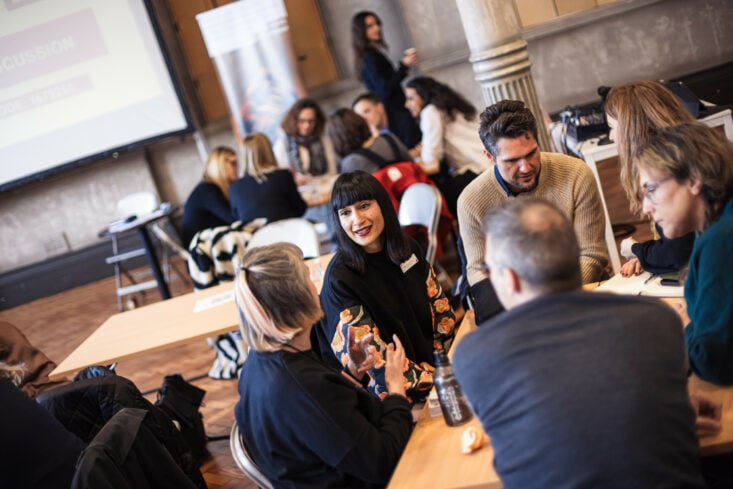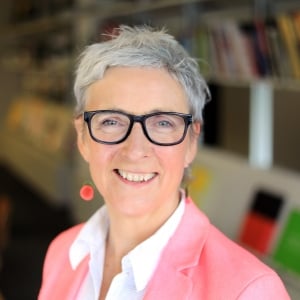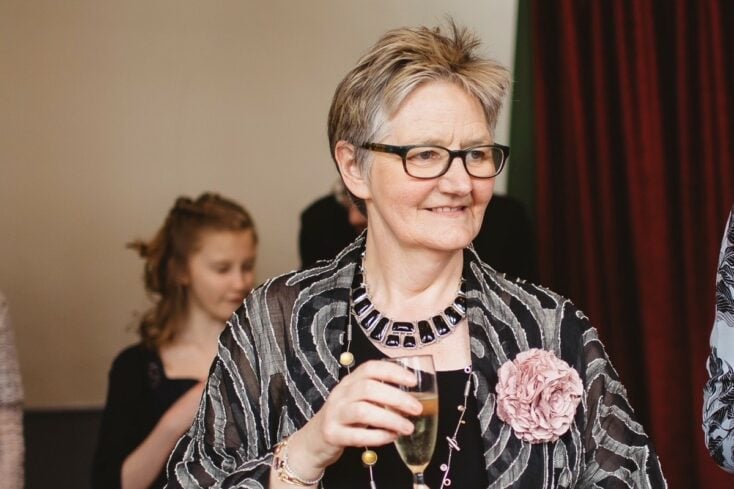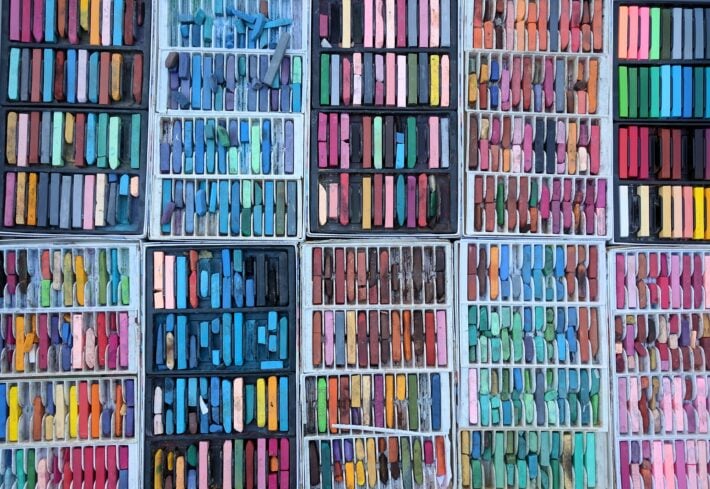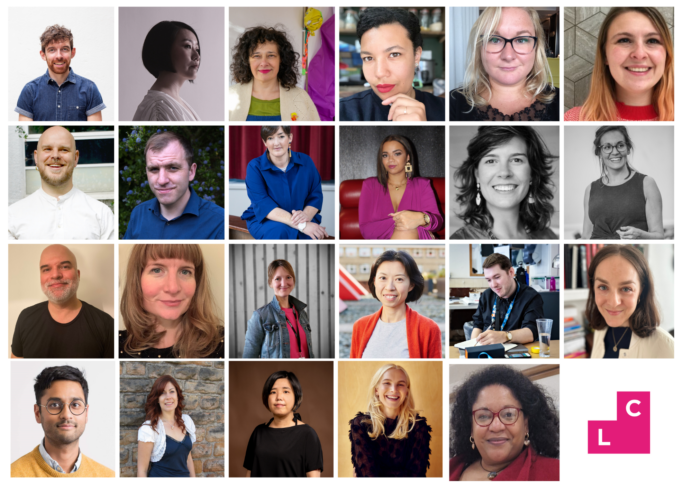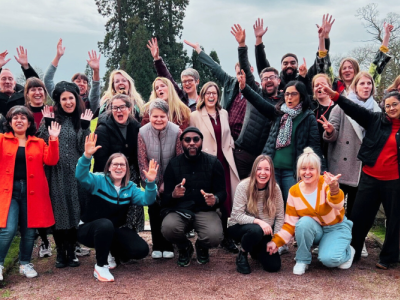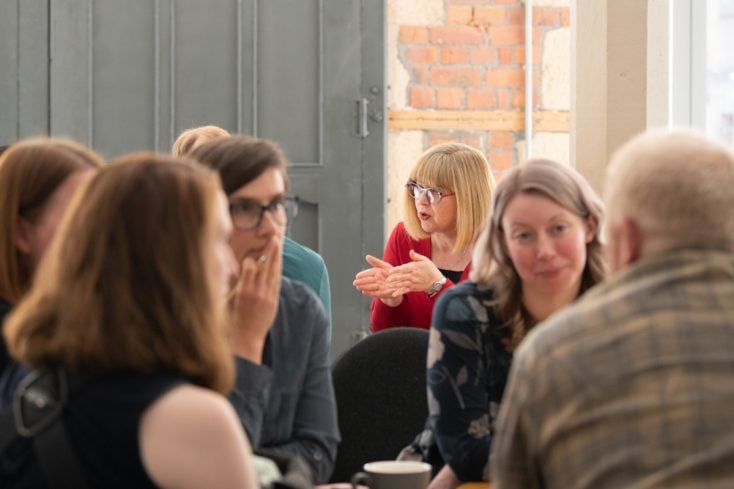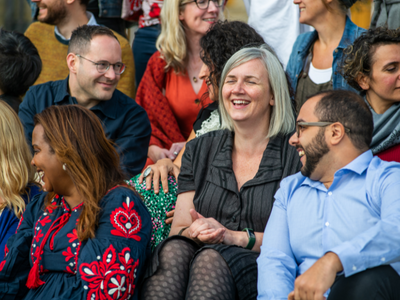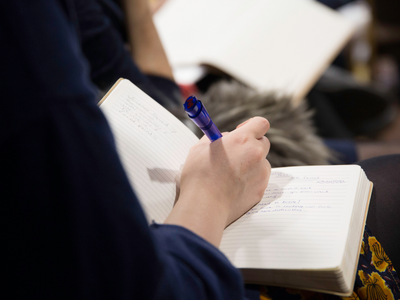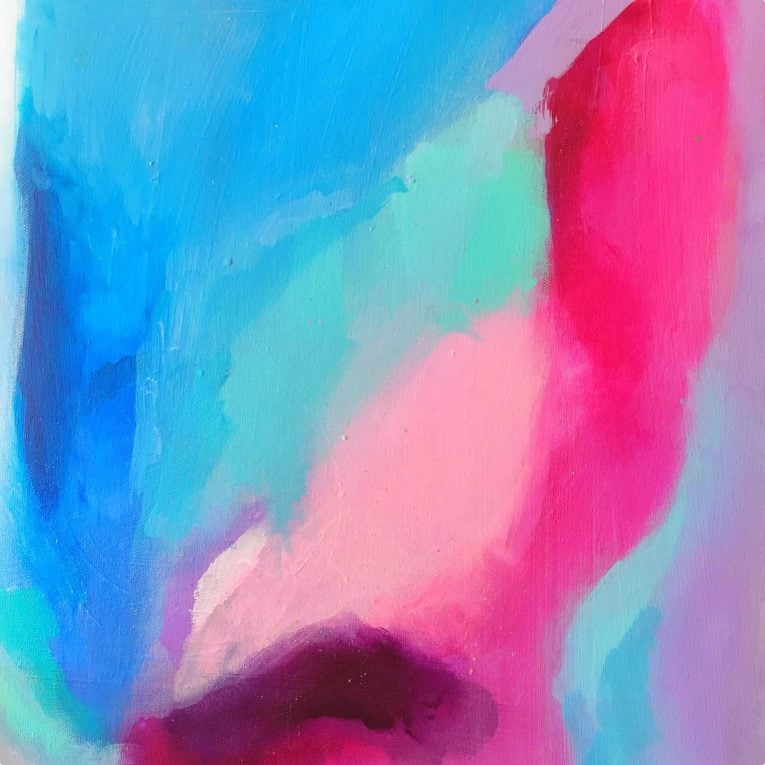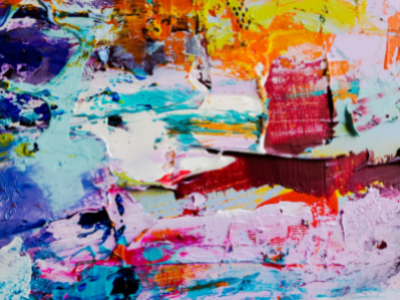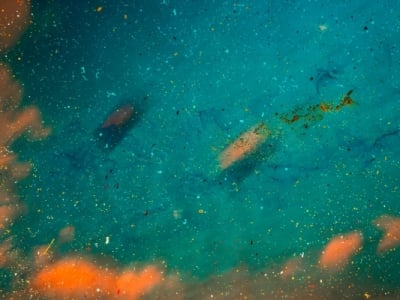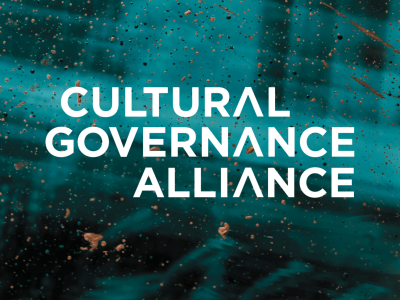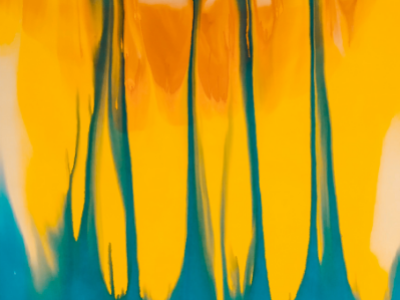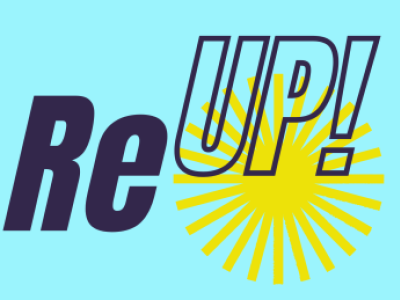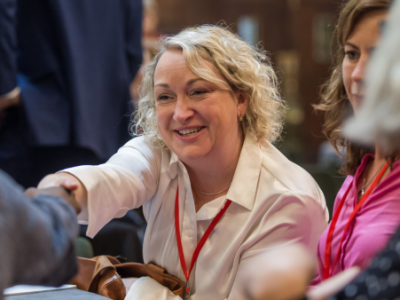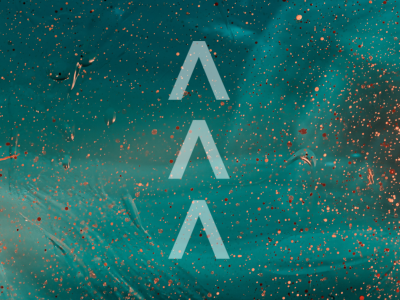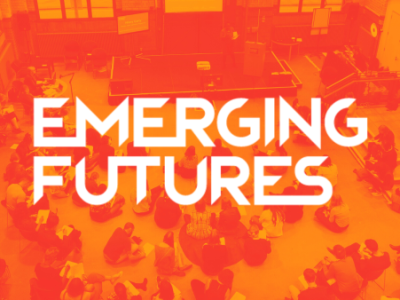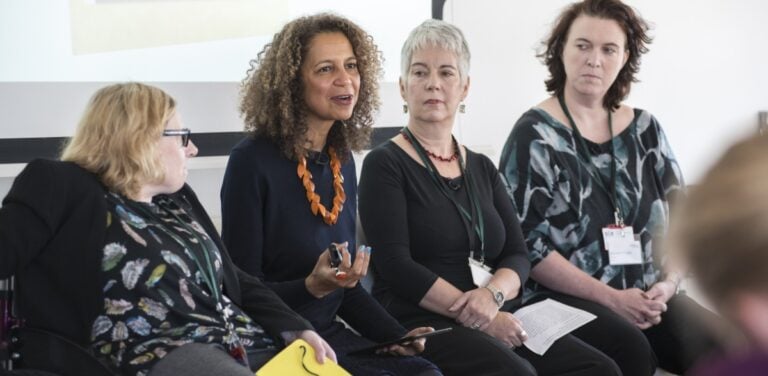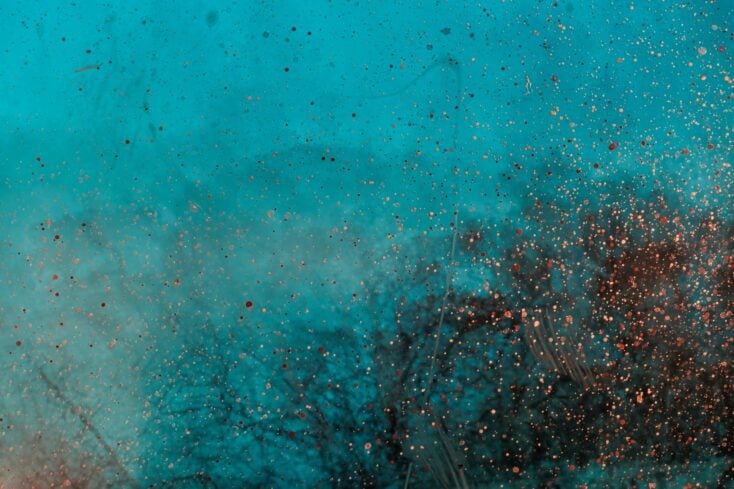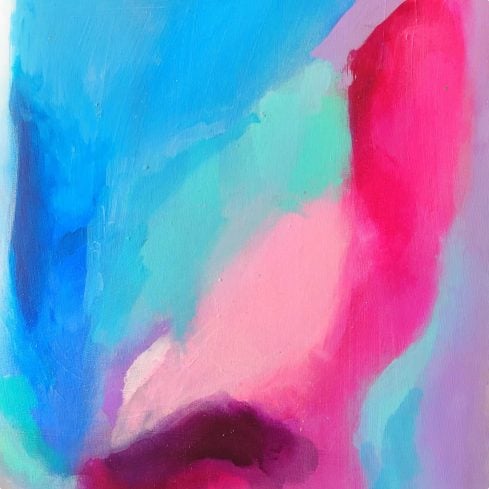Brilliance Map: Pawlet Brookes, CEO Serendity
The routes into leadership for Black, Asian and ethnically diverse leaders are diverse and unique. Subsequently so are the range of skills and perspectives. Often that specificity goes unmapped. This Brilliance Map series asks leaders across the country to map their routes and share their vision of our cultural futures.
Pawlet Brooks is the founder, CEO and Artistic Director of Serendipity Arts organisation in Leicester. An experienced and highly respected senior manager and producer, Pawlet has been at the forefront of the development of Black arts in the UK. She was marketing manager at Nia Centre (Manchester) in the 90s, Artistic Director of Peepul Centre (Leicester) Chief Executive of Rich Mix (London) and an Arts Council assessor for a number of Black arts capital projects. Through Serendipity, Pawlet has established an annual dance festival – Let’s Dance International Frontiers – which started in 2011.
Where did your career begin and what were the key turning points that impacted its development?
I’ve worked in the arts for more than 30 years, starting as a lighting technician. The journey since then has seen me working across the UK and internationally. My privilege has been the people that I have worked with in each of my roles, from artists just finding their feet in the industry, to Nina Simone, Gil Scott-Heron, Kyle Abraham, and The Philadelphia Dance Company.
The key turning points have been where I’ve chosen to make the best from experiences that might otherwise have been negative. There is always learning to take away from any situation, whether it’s how not to do something, how to do something better, or where to draw strength, values, and integrity. Your worst job can be your best job. You can learn from it or you can fold.
What extra knowledge or insights do you feel you bring to the table as a leader of colour?
As a Black woman, my lived experiences feed into my work. My perspective has been to give voice to people who are underrepresented, particularly those from the African and African-Caribbean Diaspora, while also welcoming everyone to the conversation. Serendipity is focused on intersectionality and considering what Diaspora means.
What two or three innate strengths do you find yourself most drawing on in your day- to-day work?
I have four. Bravery is often about being patient, strong, knowing your own mind and staying committed. Risk taking is about seeing opportunities or creating them where they don’t currently exist. Innovation is one of the fundamentals of leadership. It’s about evaluating your successes and failures, learning from them, responding to changing environments and putting words into action. Finally, vision, which is integral for shaping the future.
How would you define the culture you hope to create and how do you go about creating it?
Serendipity is a diversity-led organisation. Our culture is very much about the sparks and creativity that can happen by bringing people together, whether they are emerging artists or internationally acclaimed choreographers. We provide a space where we can come together to learn from and value each other. I like to spend time talking with the people I work with, whether they are in my team, artists, practitioners, or interns. They all have something to bring to the table. I hope that through Serendipity’s work we are creating a culture of empowerment and building a legacy.
Are there other specific types of external resources that you draw on for your work?
10 years ago, there weren’t many publications on Black dance that were written by dancers and choreographers. Systemic racism had also led to a lot of materials that were produced being ignored or destroyed. Alongside our live work, one of Serendipity’s core visions has been to create this documentation through a series of publications, as well as establishing an archive for Black-led arts and Black presence in the Midlands.
The external resource I draw on for my own work is the wide network of friends and colleagues who can share their visions, practice and contributions and feedback on my own. I am fortunate that when it was safe to travel, I took the opportunity to attend conferences internationally. I went out to see work because the people that you meet along the way become the support and the knowledge that help to create your vision.
What do you hope culture in Britain will look and feel like in 20 years’ time?
I hope that we are working towards building a culture that is reflective of the cultural landscape of the UK and that our organisations will be rich with the vision and voices from across society. I hope that we will see innovative and collaborative working across sectors, and better acknowledgement of the role that professional arts practice has in improving mental wellbeing. I hope for more collaborations between scientific and artistic research and more value of the arts in education, across a decolonised curriculum. I hope that the work we are doing now will move beyond tokenism to empowerment and true representation across the cultural sector.
Themes Inclusive Leadership Practice Qualities of Leadership
